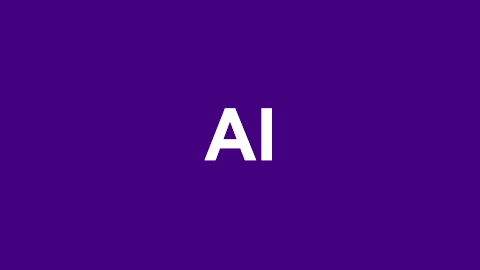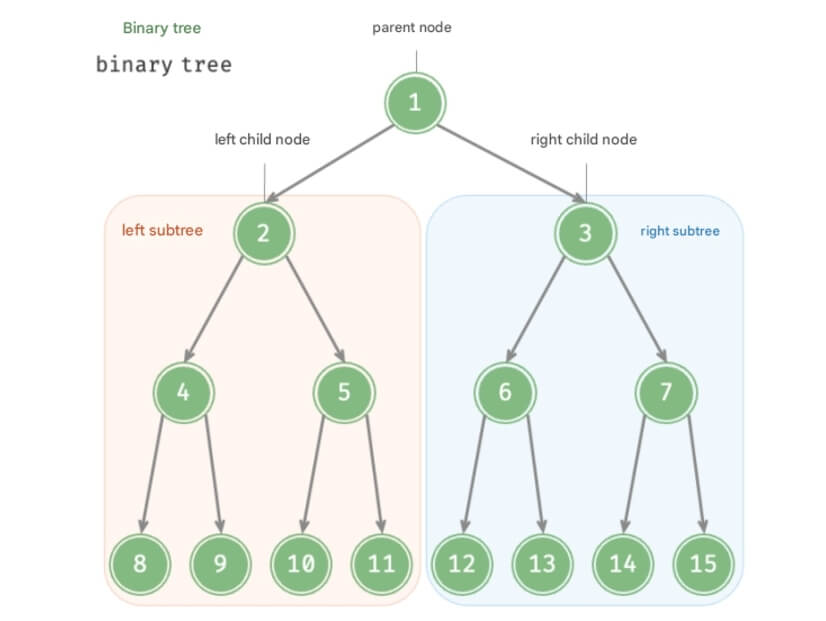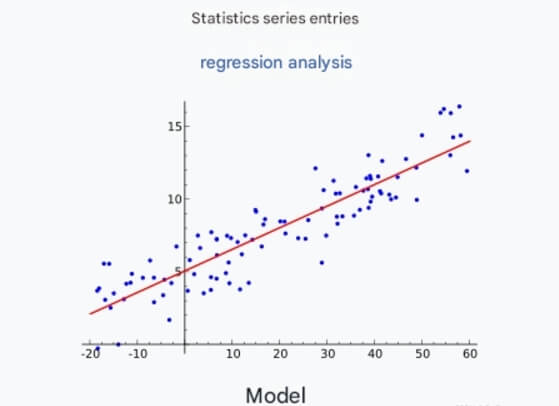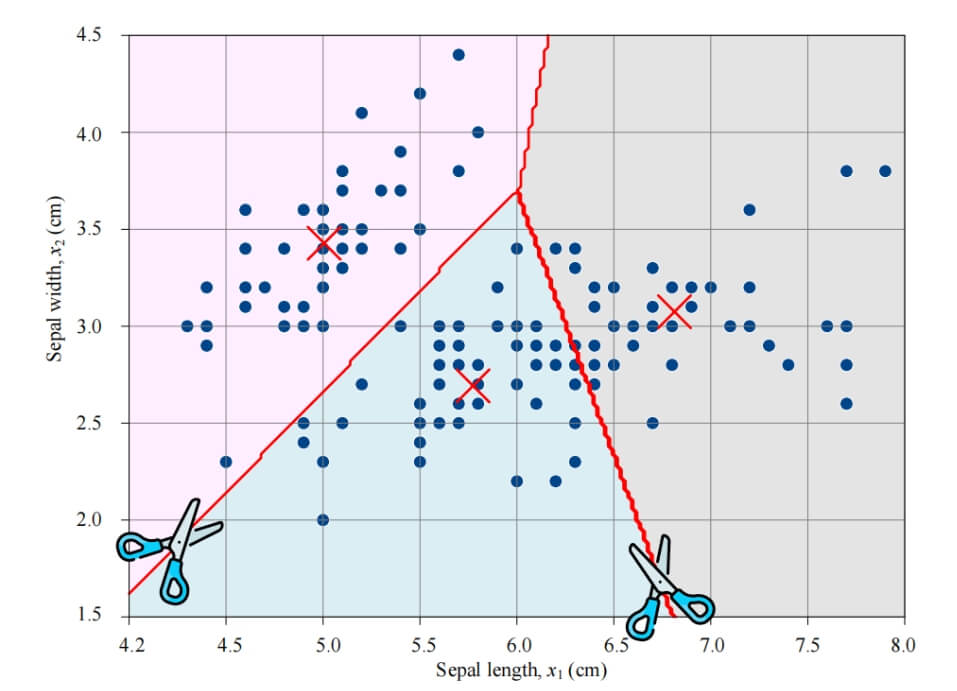Enterprise transformation is a complex and profound process that requires companies to fundamentally rethink and adjust their strategic direction, business models, and operational methods. In practice, enterprise transformation can be categorized into explicit and incremental changes, each with its own characteristics and implementation approaches. In the digital age, companies face unprecedented pressures to transform, and the rise of artificial intelligence (AI) technology provides new growth impetus and competitive opportunities. This article explores the combination of explicit and incremental transformation, examining their features, advantages, and successful models to assist enterprises in selecting the best transformation pathways for sustainable business growth and market competitiveness.

Explicit and Incremental Transformation
Enterprise transformation is a multifaceted process that requires a thorough re-evaluation of strategic direction, business models, and operational methods. In practice, it can be divided into explicit transformation and incremental transformation, each with distinct characteristics and implementation methods.
Explicit Transformation—also known as strategic transformation or large-scale transformation—refers to comprehensive and deep changes within an enterprise. This often involves fundamental shifts in core business models, core products, business processes, organizational structure, and cultural innovation. Explicit transformation is characterized by its large scale and far-reaching impact, requiring significant investment and resource reallocation. Such transformation often necessitates a reshaping of corporate culture, demanding a fundamental change in employees' mindsets and behaviors.
Incremental Transformation—often referred to as gradual or small-step transformation—focuses on optimizing business processes and enhancing efficiency through small-scale, step-by-step improvements and innovations in daily operations. Incremental transformation emphasizes rapid iteration and does not require large-scale changes, but rather achieves business transformation through continuous minor adjustments. It is generally more readily accepted by employees, as it does not necessitate immediate alterations to their existing workflows, allowing them to adapt to new working models gradually.
Both explicit and incremental transformations have their advantages and are suited to different scenarios. Explicit transformation is suitable for companies facing significant market changes or technological disruptions, helping them quickly adapt to external shifts and achieve fundamental business model changes. Incremental transformation, on the other hand, is ideal for companies looking to maintain existing business stability while gradually introducing innovations and optimizations, enabling continuous improvements with lower risk and cost.
A case study exemplifying these strategies is Siemens, which showcases how to achieve digital and intelligent upgrades through a combination of explicit and incremental transformations. Siemens has made significant investments in AI, establishing its first AI laboratory outside Germany, demonstrating its commitment to technological innovation and transformation. Simultaneously, Siemens employs incremental transformation strategies by optimizing business processes and enhancing efficiency through gradual improvements in its daily operations.
Through these transformation strategies, Siemens not only maintains technological leadership but also successfully achieves fundamental changes in its business model, showcasing its enhanced competitiveness in the global market.
Drivers and Characteristics of Explicit Transformation
The drivers for explicit transformation are multifaceted. According to Professor Michael Porter, the four stages of international competition for latecomer countries clearly illustrate the developmental pathways for national competitiveness. Each stage—factor-driven, investment-driven, and innovation-driven—represents a leap in national competitiveness, particularly the third stage, where disruptive innovation becomes the fundamental driving force. This innovation stems not only from technological advancements but also from changes in the social environment.
The changing social environment provides fertile ground for explicit transformation. Over the past forty years, corporate systems have evolved dramatically, transitioning from simulated systems to information systems, and now to integrated digital and intelligent systems. These changes are not merely technological; they reflect a deep understanding of market demands and a rapid response to them.
The industrialization and commoditization of technological change further exacerbate this evolution. Shifting consumer demands push companies to innovate continuously, unleashing unprecedented competitive potential. In this environment, corporate culture, vision, and philosophy evolve to adapt to new market conditions.
Explicit transformation is driven not just by technological advancements but by the interplay of social environments, market demands, and corporate culture. Companies must adapt to external changes while also embracing self-innovation for sustained growth and success.
Taking Porter’s theoretical framework, several Chinese manufacturing companies, including Haier, BYD, Midea, and Leyard, have achieved market success through innovation-driven explicit transformations. Faced with global competition and diverse consumer demands, these firms have moved beyond traditional manufacturing to embrace smart manufacturing and digital transformation.
Haier has driven transformation through an open innovation platform, promoting smart home solutions that enable device connectivity and enhanced user experiences. BYD has experienced strong growth in the electric vehicle sector and achieved breakthroughs in smart technology. Midea has enhanced its competitiveness through technological transformation and industry upgrades. Leyard has become a leading player in the display industry through technology innovation and digital transformation.
These transformations are reflected not only in technological advancements and market expansions but also in the evolution of corporate culture and philosophy. These companies advocate user-centricity, innovation, smart living, and environmental friendliness, encouraging employees to innovate continuously in response to rapid market changes. Such examples illustrate the characteristics of explicit transformation and the collaborative impact of technological advancements, market demands, and social changes on corporate development.
Characteristics of Incremental Transformation
In today’s fast-paced business environment, incremental transformation has become the norm, requiring companies to continuously adjust and optimize their processes to maintain competitiveness and adaptability. The characteristics of incremental transformation are reflected in the refined management and technological application achieved through improvements in supply chain management, budgeting, operational analysis, and performance indicator setting.
One commonly used tool in guiding corporate transformation innovations is the "Annual First Topic System," which includes four core stages: topic selection, problem-solving, solution implementation, and results publication/incentives. This forms a key support structure for corporate incremental transformation, focusing on identifying and addressing critical issues through structured methods.
The first step in incremental transformation is determining the focus of transformation, involving in-depth analysis of existing processes and an understanding of market trends and customer demands. Topics can include but are not limited to optimizing product, price, place, and promotion strategies (4Ps); focusing on customer needs and considerations (4Cs); optimizing supply chain management (SCM); improving standard operating procedures (SOP); and setting and tracking key performance indicators (KPIs) and reserve performance indicators (RPIs).
In the problem-solving phase, companies should organize discussions led by management, inviting all departments to collaboratively explore how to achieve incremental transformation. These discussions should encourage self-research, sharing, and co-creation of incremental transformation plans.
The solution implementation phase involves executing and assessing the incremental transformation plans. Companies should hold regular discussion meetings—ideally monthly—led by designated individuals, ensuring direct participation or feedback from company leadership to guarantee effective implementation. After discussions, written briefs or summaries should be provided to track progress and results.
Moreover, companies should encourage departments to submit outcomes and suggestions, establishing an organizational mechanism for project management at both corporate and departmental levels. This includes stages for project initiation, execution, review, acceptance, selection, and rewards, coordinated by the HR department to provide career planning platforms while identifying and cultivating talent.
Incremental transformation is an ongoing process that demands companies to continuously examine and optimize their business processes. By employing the recommended tools and methods, companies can better adapt to market changes, improve efficiency, and enhance competitiveness. Best practices for incremental transformation involve ongoing "micro-transformations" within a supportive corporate culture.
Through the close coordination of these four phases, companies can effectively navigate rapidly changing business environments and realize incremental transformations. This approach not only helps solve current challenges but also fosters a cultural shift within the organization, promoting a climate of continuous improvement and innovation. Many companies have laid the groundwork for explicit transformation through the "Annual First Topic System," optimizing business processes, reducing costs, and expanding market share, demonstrating the effectiveness and practicality of this method in today’s business landscape.
Empowering Digital Transformation
Recently, at the China Europe International Business School AMP General Manager Forum, Professor Fang Yue highlighted that the benefits brought by the internet technology wave have largely been exhausted. In the next three to five years, AI technology will be embedded in all processes, products, and services within enterprises. The application of AI technology in digital transformation can achieve maximum benefits through the combination of explicit and incremental transformations. Explicit transformation provides a robust technological foundation and organizational support, while incremental transformation ensures the flexibility of a gradual approach and the rapid execution of changes.
When making decisions about the combination of explicit and incremental transformations, enterprises often rely on logic and reason. As Academician Chen Runsheng from the Chinese Academy of Sciences noted, future AI technology will influence decision-making in three phases: "emergence," "insight," and "illusion." Distinguishing between the genuine needs that emerge, the insights from system convergence, and the illogical "illusions" is crucial. Misclassification can result in significant setbacks.
In the intersection of strategic development and technological transformation, selecting the right strategies for combining explicit and incremental transformations is vital. For example, companies should not blindly pursue every new demand that emerges but also avoid ignoring misleading demands that do not align with target markets and strategies. Academician Chen refers to these misleading demands as "illusions." Therefore, discerning the truth through incremental transformation to ensure that decisions are logical and lead to success is key to achieving insight.
By combining explicit and incremental transformations with multidimensional insights and successful practices, we can significantly expand our understanding and potentially launch a new beginning for our insights.
As Coca-Cola celebrated its 135th birthday, Swire Coca-Cola unveiled its "AI Manufacturing Engine" to the market. Following the implementation of incremental AI identification engines and digital solutions, this initiative marked a significant piece of the puzzle in its explicit transformation towards creating a digital ecosystem. This system, completed over several years, will fully exploit the unlimited potential of cutting-edge technologies, including artificial intelligence, big data analytics, and MindSphere (a cloud-based open IoT operating system developed by Siemens), in enhancing flexibility across the beverage industry's entire value chain, further elevating its brand premium. This serves as a classic case of combining explicit and incremental transformations.







